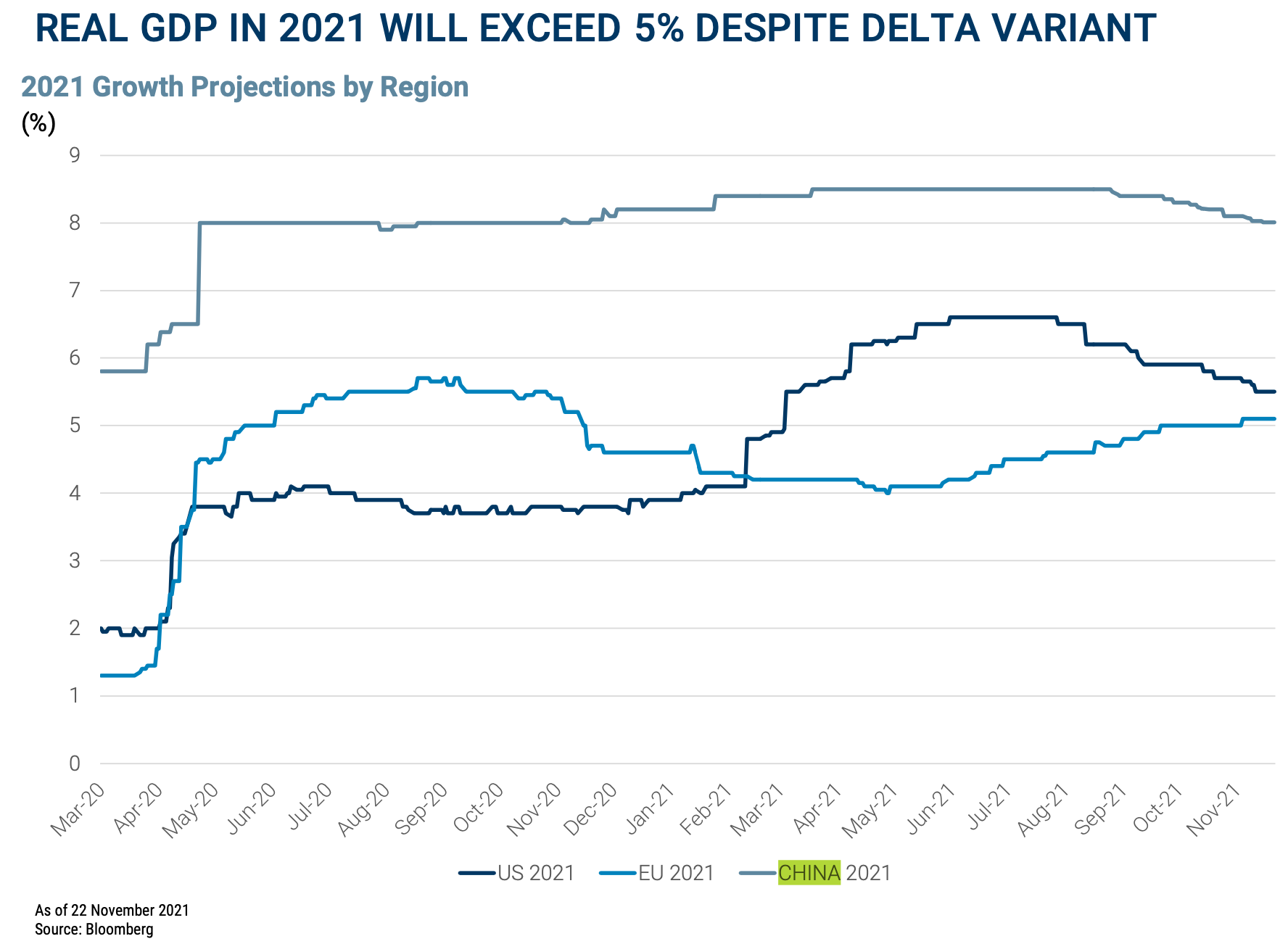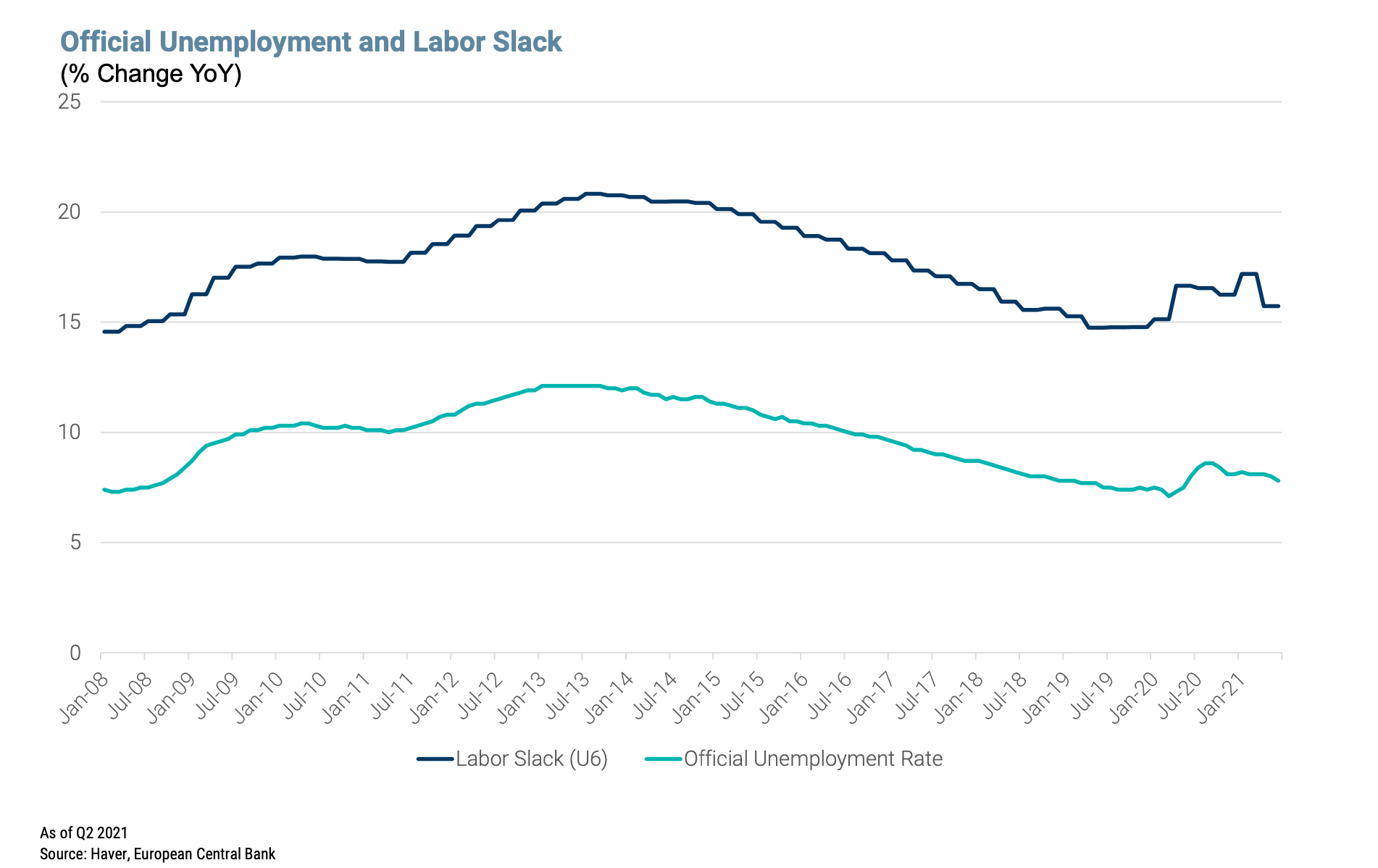The 60/40 portfolio is dead, so here's where to invest your non-equities cash
The 60/40 portfolio may be (nearly) dead and the jury is still out on just what your fixed-income exposure should be. But Lazard’s multi-asset maestro, Ronald Temple, still has ample big-picture ideas to help bulletproof your portfolio for 2022 and 2023.
“One wonders how much lower you can go, but it’s certainly a lot lower than 40%,” says Temple, Lazard Asset Management's head of multi-asset and equities) when asked what bonds exposure is appropriate now.
The idea behind the 60/40 portfolio is to lean on stocks (60%) for their growth characteristics while using fixed income (40%) to dampen volatility. Historically, that means using short-term bonds with high credit quality, which (in the past) mitigated the risk of stocks. Bonds also traditionally help generate income.
But this rule-of-thumb guideline has taken some knocks over the years, particularly for those nearing retirement, and adjustments - for example, a 70/30 ratio if you’re still working.
After all, right now government bonds are delivering negative real returns almost wherever you look.
“The 60-40 portfolio just doesn’t work any more. It might at some point in the future – if yields become positive again, that would be a good starting point,” Temple said.
“It doesn’t matter where you look in developed markets at this point: you cannot currently get a positive real return on a government bond.”
He suggests 10-year bond yields in places like Australia and the US would need something like a “3-handle” before one could think of using this portfolio construction shortcut effectively.
Are central banks losing control?
Elaborating further, Temple’s base case is that inflation of between 2% and 2.5% will become the “new normal” in the US. “And that’s going to have important implications for asset allocation,” he says.
“The key discussion around inflation is not whether central banks lose control. It’s whether the 1.5% to 2% that has persisted for so long will be the norm in the next decade or whether it might hit around 5%, or sit between 2% to 2.5%; or maybe 3%.”
Temple believes the middle option is most likely for 2022 and 2023, largely because of the rising costs of “shelter” in the US – where property plays the biggest role in driving inflation versus things such as healthcare. In North America, these are captured in two different measurements of consumption:
- The Personal Consumption Expenditure Index – which Temple describes as “the money spent on your behalf by others," and
- The more familiar Consumer Pricing Index.
The biggest component of the former is healthcare, while housing costs sit within the CPI.
What’s the cost of a roof?
Temple believes the rising costs of shelter are key to where inflation goes from here – more than other metrics. For example, rents in the US have risen around 3% year-on-year, according to the latest estimates.
“I’m not alarmed by inflation, it’s just that over the last decade we had inflation below 2%. And for the next five years I think it’s going to be above that,” he said.
And it circles back to consumer behaviour, too.
“One year of high inflation is, in my view, not enough to change the psychology of consumers and their long-term expectations. I expect these transitory factors such as airline tickets, rental cars, semiconductor shortages will fade in 2022 and consumers will adapt back to expecting lower inflation,” Temple said.
Investment implications
“If we have inflation between 2% and 3%, you aren’t getting a positive real yield on a single developed market government bond anywhere across Australia, Canada, the US, the UK, France, Japan, or Germany. I believe bond yields are too negative to persist in this way, which creates big challenges for fixed income investors.”
It also creates challenges in the equity market, which should have a lower PE multiple in this context. But it’s likely to magnify the rotation away from companies whose share prices are driven by cash flow far in the future – those that are very speculative, hoping to be profitable in five years’ time.
Temple’s views on equity sectors are detailed further in the first of these articles based on our interview:

China’s property implosion won’t kill GDP
Continuing along the property theme saw the conversation flow onto China, where President Xi Jinping and his government are trying to stabilise a highly-leveraged real estate sector.
Temple remains optimistic about China’s ability to pull off a “controlled implosion” by letting some of the biggest, most indebted property developers such as Evergrande and Fantasia Holdings fail.
He regards a 4% GDP growth rate as a sustainable target, though well below the almost 8% annualised figure of April – June 2021.
“None of us have a crystal ball on China, which has so many levers it can pull, which other nations don’t. But I think it’s choosing quality of growth over quantity - so that means less growth,” Temple said.
But he believes the People’s Bank of China will remain “accommodative” and expects to see targeted fiscal stimulus.

“Inclusive growth” and why you should care
The current inflection point in China revolves around President Xi Jinping’s focus on so-called inclusive growth.
“From differ rent government statements, it’s clear that social inequities have got to a point where the central government is concerned,” says Temple. These inequities are reflected in elevated house prices and education costs – two prominent sectors on which China’s government has taken decisive action in the last 12 months. For the former, the Chinese Communist Party’s shift on its property sector stance is summed up by the following:
“Houses are for living in, not investment speculation,” a phrase that has (loosely translated) cropped up in President Xi’s speeches with rising frequency.
Economics aimed at achieving strategic goals
“I believe what Xi Jinping and the government want is an economic model around achieving strategic goals,” said Temple. This marks a shift from the almost unfettered growth of urbanisation and consumer wealth back by the CCP over more than a decade.
“This marks a de-emphasis on consumerism – such as curtailing companies’ power and the way they can manage data – and instead incentivising spending into strategically important tech investment and industrial sector.”
So, where should you invest?
Among developed markets, North America and Europe are the two regions Lazard is most positive on for the next couple of years. Stateside, Temple is looking for the strongest growth in decades. While not without some wobbles, this outlook centres on things like US President Biden’s $1.2 trillion Bipartisan infrastructure Bill (BIF) – particularly the outstanding $545 billion tranche. Temple estimates this should add between 20 and 35 basis points of extra spending per year over the next eight years.
And Europe is tipped to have “a very strong recovery with no tightening in sight.”
Europe: Labor slack is close to pre-pandemic levels

Emerging Market Debt
In fixed income, emerging market debt is currently the most appealing part of global credit markets.
Temple points out that Moody’s BAA bond index – the lowest tier of investment-grade credit – compared to 10-year treasuries shows spreads at their lowest ebb in years.
“But in emerging markets, using either hard or local currency, you can get a 4.5% yield and have a higher credit quality,” he said.
“There’s this misperception that EM debt is not investment-grade, that’s absolutely not true. If I’m getting in that sort of zip-code of returns (around 4.5%), net of inflation, even if inflation on 10-year yields back up 100 bps, my potential capital loss is a hell of a lot smaller.”
A back-of-the-envelope calculation here shows 100bps with a 9.3 duration means you’re going to lose 9.3%. “But at a 1.65 yield you can wave goodbye to almost six years of yield – it’s hard to make that maths work.”
“But if you own a five-year EM government bond with 4.5% yield, you’ll probably end up being okay,” Temple said.
“Even if I’m wrong on inflation and it rolls back to 2% then I’m in a pretty good place too. It gives me the diversification of bonds – not quite as much, but if it’s just a shallow recession I wouldn’t be too worried.”
In conclusion: What's the magic number?
And closing out this discussion, I also asked Temple for the “magic number” of portfolio construction, given that 60/40 is no longer relevant.
“That’s a more difficult question than it might seem,” he said. After we talked around the issue for a few minutes, even Temple (jokingly) conceded “on that question, which I’m still trying to dodge, I don’t know how much lower you can go.”
“If you were Jeff Bezos or Bill Gates you wouldn’t own any fixed income. But institutions can’t do that.”
So, assets such as emerging market debt and alternatives – particularly real assets including infrastructure and property – are where you’re likely to find the most secure opportunities in the next few years.
Never miss an insight
Enjoy this wire? Hit the ‘like’ button to let us know. Stay up to date with my content by hitting the ‘follow’ button below and you’ll be notified every time I post a wire.
Not already a Livewire member? Sign up today to get free access to investment ideas and strategies from Australia’s leading investors.
3 topics
2 contributors mentioned

